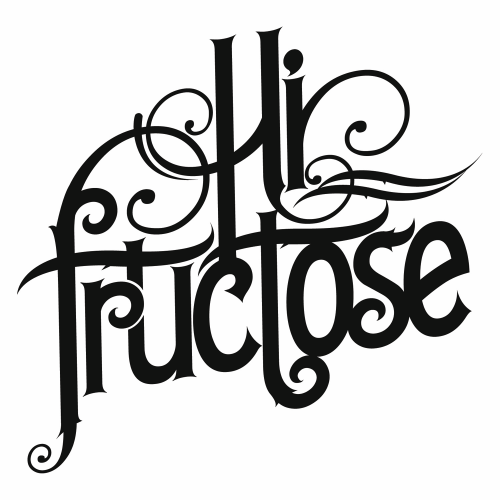This past January, at the annual National Association of Music Merchants (NAMM) show in Anaheim, California, Slayer guitarist Gary Holt unveiled a guitar adorned with eighteen vials of his own blood. He’d commissioned thirty-four-year-old New York City-based artist Vincent Castiglia to paint the guitar, and in keeping with the badassery and playful exhibitionism of the whole project, the artist drew the blood he ultimately used for the artwork from Holt backstage after a concert on Long Island. The reveal at NAMM garnered significant attention from the press. Covered by publications ranging from metal music outlets and online horror enclaves to VICE’s Noisey channel, it was the sort of spectacle exceptionally well suited to media attention. A crazy, ghoulishly amusing stunt with an irresistible central conceit: Metal God Has Guitar Painted in His Own Blood.
Naturally, the artist himself, Castiglia, was also thrust into the spotlight. What struck me about this project and its denouement at NAMM was how the dizzying reams of press coverage were, almost inevitably, overlooking the artwork itself. Castiglia’s blood painting on Holt’s guitar is a darkly poignant meditation on that iconic fallen angel, Lucifer. In Castiglia’s hands Satan is depicted as a brooding, almost repentant figure, the heft of his ambivalence adding to his biblical mystique. But amid the deafening clamor of other factors—Slayer, custom guitars, the sheer insanity of metal fandom—it was probably difficult to appreciate the artistry itself. The custom guitar, which Castiglia says that some have referred to as “the most metal thing ever,” is in some ways emblematic of Castiglia’s career as a whole: the tension between the perception of exhibitionism and the reality of a serious artist who just happens to use his own blood.
Castiglia started experimenting with painting in blood in 2000. He was eighteen. By 2003, he was using it exclusively.
While a handful of copycat artists also using blood have bubbled up since Castiglia first started garnering serious attention in the late 2000s, it’s doubtful that any can speak with the same hardcore bone fides. He says that the motivation behind the technique came from a desire to connect with his work on a more intimate level.
When he first started painting with his own blood, “it was a particularly intense period of time,” he says. “I liken it to a hemorrhage. When the pressure builds past a certain point, and the vessel ruptures.” The analogy may sound grisly, but Castiglia clarifies that the ruptures always have an “intent to communicate.” In other words, the medium may have been born out of a place of psychic pain, but it’s not content to wallow in despair; the act itself is a gesture toward transformation. And to hear him tell it, human plasma is much more than just a gratuitous horror movie prop. “Everything we are is contained in the blood.
Whether you believe that it contains psychic energy, whether you believe it contains more than that, it’s interesting to me.”
Everything we are is contained in the blood. Whether you believe that it contains psychic energy, whether you believe it contains more than that, it’s interesting to me.”
Castiglia first started showing his work at group exhibitions in the mid-2000s. In many ways his style and predominant motifs arrived fully formed, as if they had been stewing inside him for years. It seemed he didn’t need to grow or evolve as an artist so much as he simply had to purge everything out. One of his first major paintings, “Feeding,” is a disarming encapsulation of the subject matter that would go on to fuel Castiglia’s work for the next decade.
Archetypes, infirmity, disfigurement, the regenerative cycle of life and death—it’s all there. That “Feeding” inevitably elicits a complicated response from the viewer, full of switchbacks and reexaminations, gets at something vitally important to unlocking Castiglia’s work. Morbid and distressing at first, the deteriorating woman in the wheelchair, breastfeeding her newborn baby, eventually reemerges as something more closely aligned with transcendence and perseverance. Young mothers with infant children succumb to disease and affliction every day.
Castiglia’s subject is not so much an unlikely monstrosity as she is an archetypal figure: the mother who, having given life, must now accept the imminence of death. He is simply, in his metaphysical, anatomically graphic way, depicting this inexorable universal truth. “Feeding” is a story about life and death and how often they coexist, knit so closely together that we rarely get to celebrate the former without mourning the latter. “She’s got disintegration in her legs, yet she’s struggling to nurture her young, in spite of the self-evident maladies that are innately threaded into her existence,” he says. Far from a macabre phantasmagoria wafting up from some remote corner of a tortured dreamscape, this is a chapter in the primal human story.














